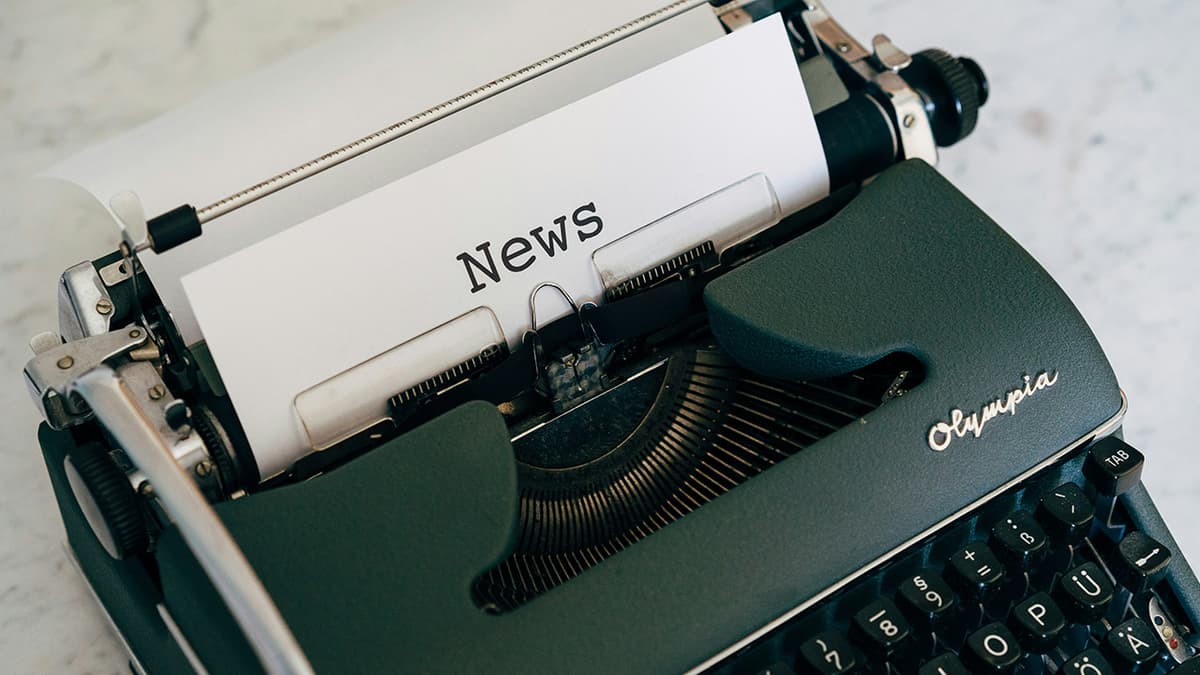Crafting a Professional Email: A Step-by-Step Guide
Email remains a key form of business communication. Crafting a professional email can leave a positive impression on clients, co-workers, and supervisors. Here are steps to compose an effective and professional email.
Start With a Clear Subject Line
Your subject line is the first thing the recipient sees. Make it straightforward and relevant to the content. Use clear language that informs the reader of the email's purpose. For instance, "Meeting Recap & Action Items for Project X" is clearer than "Yesterday's Discussion."
Address Your Recipient Properly
The opening salutation sets the tone for the email. If you have a friendly relationship, "Hi [First Name]," is appropriate. In more formal situations, use "Dear [Mr./Ms. Last Name]." If uncertain about the recipient's preferred title or gender, using their full name is a safe choice.
Be Precise and Concise
Be direct in the body of your email. State your main points without unnecessary details. Aim to communicate efficiently. Use short paragraphs to enhance readability and help the recipient quickly grasp your message.
Maintain a Professional Tone
Keep a respectful and courteous tone, even in tense situations. Avoid slang, jokes, or informal language that may be seen as disrespectful. Refrain from using emotionally charged words, as written communication holds significant weight in business contexts.
Use Proper Grammar and Spelling
Grammar and spelling errors can damage your professionalism. Invest time in proofreading your email. Utilize tools like Grammarly to spot errors. Taking this step shows attention to detail and reduces the risk of miscommunication.
Cite Your Sources or Attachments
When referencing information or including attachments, highlight them clearly in your email. Use proper citation formats and double-check attachments before sending. Mentioning attachments in the body helps avoid the common mistake of forgetting to attach documents.
End With a Proper Closing
Your email's closing is an important final touch. Use a sign-off that suits the tone of your message. "Best regards," "Sincerely," or "Thank you," followed by your name, works well. Include a professional signature with your contact information to make it easy for the recipient to reach you.
The Professional Email Signature
A professional email includes a signature that provides your contact details. This should consist of:
- Your full name
- Your title or position
- The company name (with a link, if applicable)
- Your phone number
- Your professional website, if relevant
For example:
Text
Review Before You Send
Before sending, take a moment to read your email. Check for spelling or grammatical errors. Also, ensure that the tone and message are appropriate. Reading it out loud can help identify any phrasing that needs adjustment.
With practice, crafting a professional email becomes easier. A well-composed email effectively conveys your message and reflects your professionalism.












